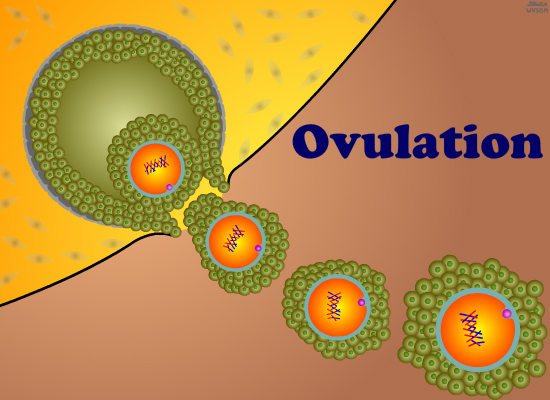
Visualizing kinetic processes can be an impediment to student mastery of basic science coursework. To remedy this obstacle, I created an educational program called Biology from Molecules to Embryos© (BioME), which provides 28 animated lessons for genetics and embryology. To provide access to the international educational community, BioME has been posted as an interactive, open access website. Empirical data demonstrates that BioME is an efficacious educational resource, which elicits positive student perception of its utility. The animated lessons are useful for student self-study. For instructors who choose to display BioME lessons as visual aids for their presentations, explanatory text can be hidden so that it does not compete with the instructors’ verbal explanations. For instructors who would not choose to use premade lessons, downloadable excerpts are provided. These excerpts are short presentations of specific topics that can be incorporated at any point of a lesson according to the instructor’s preference and student needs. To provide opportunities for self-quizzing and to summarize key points, multiple PopUp files are provided for most lessons. To allow students to actively access their mastery of the material and to take advantage of the testing effect, multiple-choice practice questions are also provided with each lesson. The level of these questions ranges from first-order recall to third-order application. The higher order questions promote deep processing by requiring students to deduce answers by actively integrating material within and across lessons. Thus, BioME can help to advance the understanding of biological sciences and promote the usage of animations to present dynamic processes.
Primary Image: BioME Animations. Sequential images of ovulation represent the dynamic progressions of BioME animations.

Eyinmisan Nikatsekpe onto Pedagogy
@
on